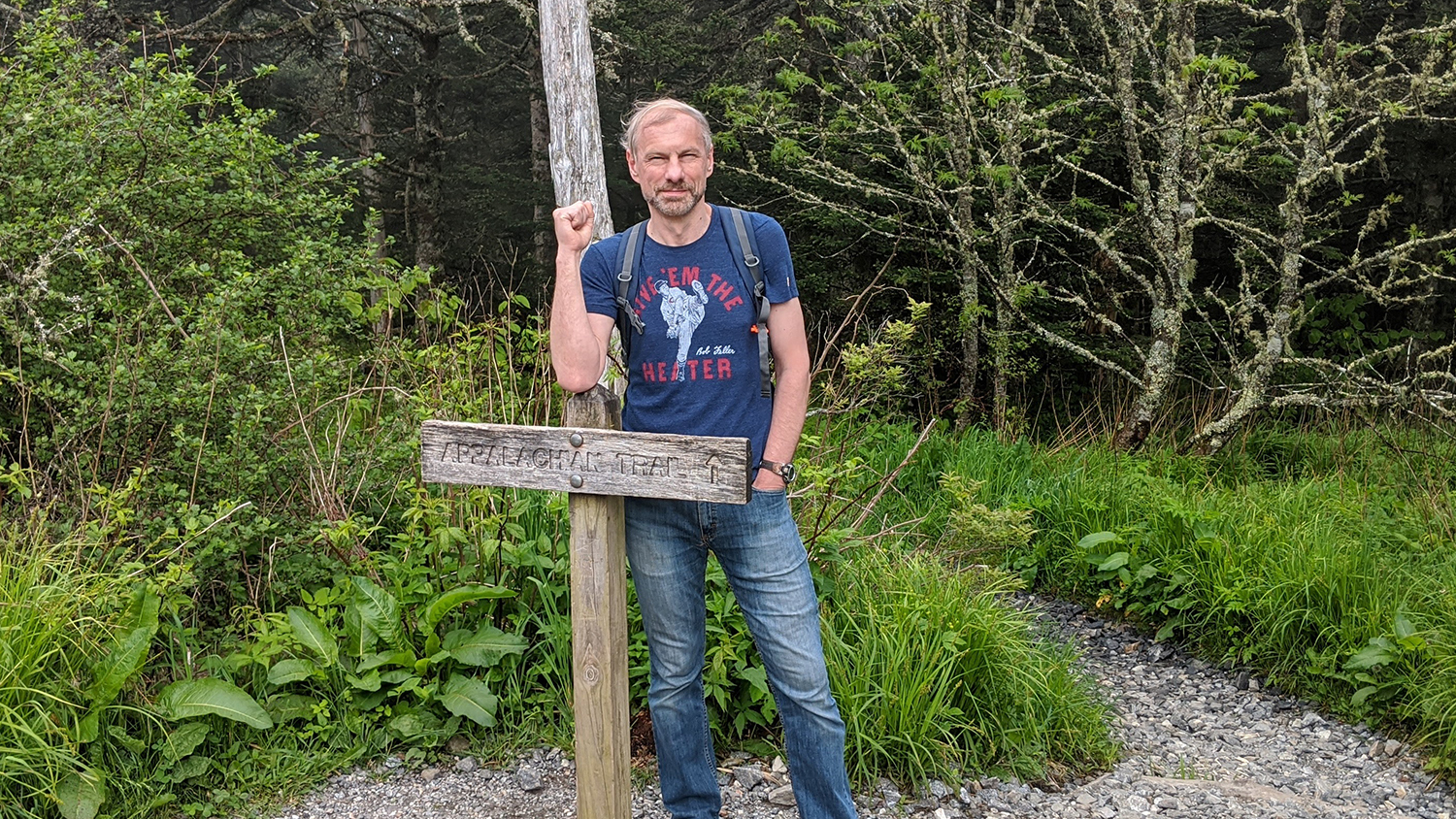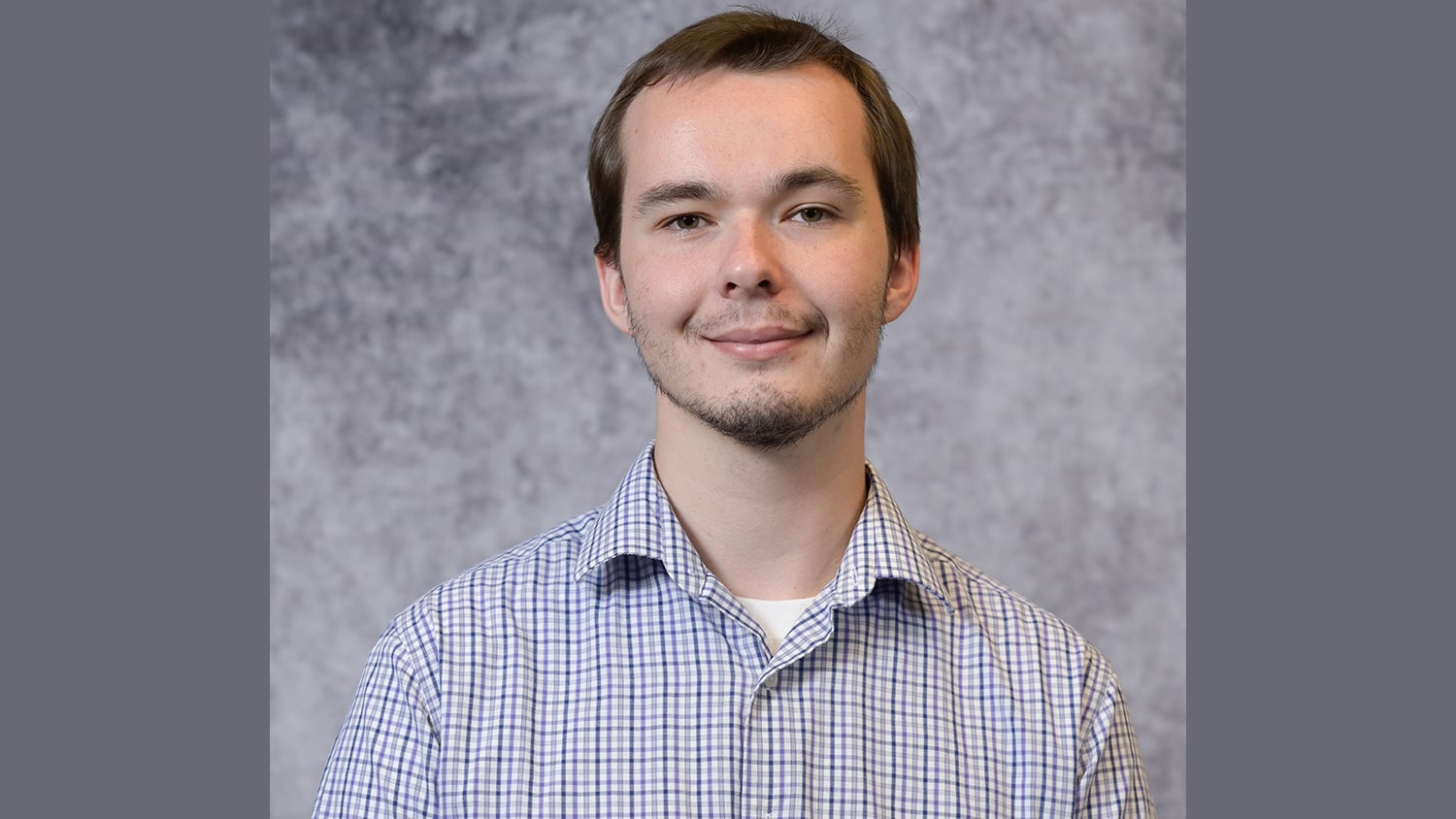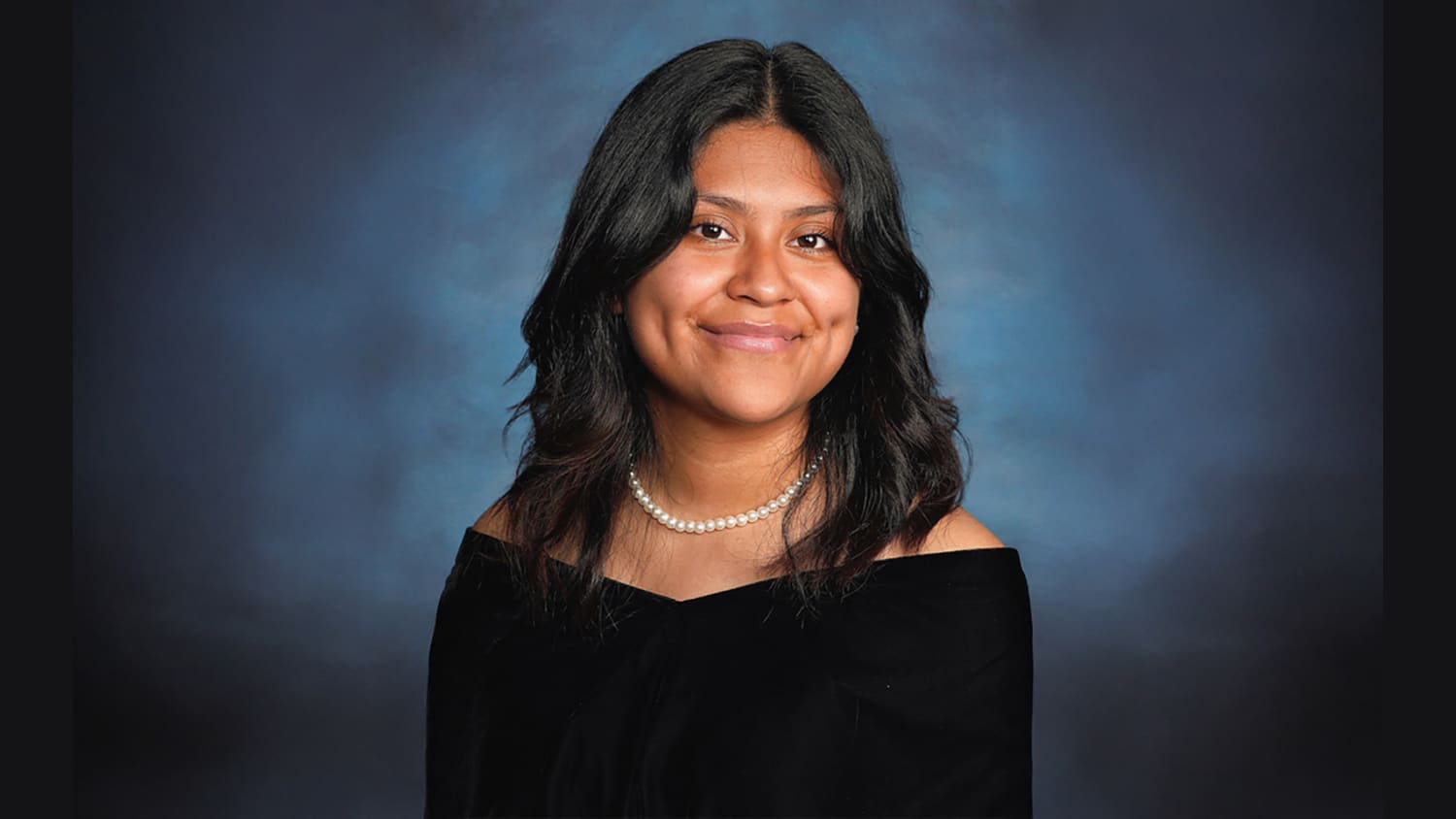Staff Spotlight: Evgeny Danilov
Dr. Evgeny Danilov is the director of the Imaging and Kinetics Spectroscopy Laboratory (IMAKS) at NC state University. When he graduated from high school, he was attracted by the still-young field of laser. We asked him a few questions to get to know better how he evolved in his professional life.

Q: How long have you been affiliated with NC State?
A: I joined NC State in September of 2013, so it’s been ten years now.
Q: Tell me about what you do at the Department of Chemistry.
A: I am the director of the Imaging and Kinetics Spectroscopy Laboratory (IMAKS) at NC State. The facility provides cutting-edge instrumentation for vibrational spectroscopy, optical microscopy, and time-resolved emission and transient absorption spectroscopy. As the director, I oversee the day-to-day operations. When graduate students come to the lab for the experimental part of their projects, I help them set up and run experiments and interpret their data. Some projects require my deeper involvement, in the sense that I participate in writing research papers and analyzing the research data. I develop new instruments, try to keep everything up and running, and ensure that everyone adheres to safety requirements.
Q: Tell me a little bit about your education and professional background
A: I graduated from the Department of Physics at Moscow State University with a Ph.D. in laser physics. After graduation, I worked at the Russian Academy of Sciences. I then switched back to Moscow State University where I worked at the Physics Department’s International Laser Center. In 1999 I joined Bowling Green State University as a visiting scientist. There, I met Prof. Phil Castellano who was just hired as an assistant professor. I worked with Prof. Mike Rodgers developing ultrafast laser spectroscopy instruments and working on the photophysics of metalloporphyrins. I left in 2009 and joined the University of Texas at Dallas where I worked with a group of physicists on time-resolved spectroscopy of semiconductor quantum structures. A year later I joined the Ohio State University where I worked as a research coordinator in the Center for Chemical and Biophysical Dynamics. And finally, three more years passed before I accepted an invitation from Prof. Phil Castellano to join the team at NC State. Along my career journey, I had the opportunity to work under direction and co-authored research publications with Nobel Prize laureate Prof. Nikolay Basov from the P.N. Lebedev Physics Institute of the Russian Academy of Sciences. Also, I recently collaborated with the Nobel Prize laureate in Chemistry, Prof. David MacMillan.
“I was young, and the field was young. I am the same age as the laser. We grew up together developing each other.”
Q: What got you initially interested in this field?
A: The laser field was young and blooming when I graduated from high school. I was attracted by that specific area of research whose development and advancement were quick, broad, and impactful. At that time, an experimental laser physicist and optical scientist made their own laser and experiments. Nowadays, things are different because one uses instrumentation that requires measurements and fine-tuning. I was young, and the field was young. I am the same age as the laser. We grew up together developing each other.
Q: What’s your favorite part of working in the department of chemistry at NC State?
A: I like being in the lab and making something happen with successful laser experiments that yield excellent data oftentimes.
Q: Who is a mentor or a person who helped you get to what you are today?
A: I am grateful for what I learned from Prof. Sergei Akhmanov at Moscow State University. On the other hand, I still remember Physics discussions with Nobel Prize laureate Prof. Nikolay Basov. He had a complete picture of the Physics view of the world in his head as if it were a live tree with branches and leaves. Any new invention, result, or experiment in laser Physics would become a new leaf on that tree and Prof. Basov knew exactly on what branch to put it, still keeping the integrity of the whole tree. Truly, the whole world of science on one’s mind. That was very impressive. Another exceptionally talented scientist I worked with in the area of Atomic and Laser Physics was Dr. Paul B. Corkum of the National Research Council of Canada. He was a successful group leader working on cutting-edge aspects of attosecond Laser Physics. Also, Prof. Phil Castellano is always fun to work with. I remember reading a journal intro describing Phil’s work that said: “When Phil Castellano makes a conference presentation, jaws tend to drop.” This is exactly how I feel talking to him!
Q: What advice do you give to students today in getting started with their careers and finding their paths?
A: The world has changed a lot. When Paul Corkum hired postdocs, he would ask them: “Who works on your car?” If the candidate responded that they did it themselves, they would be recruited. That person was able to get under the hood and figure out how to fix stuff or make stuff. The reason for that is that often times before getting unique data, a scientist needs to build a unique instrument, and oftentimes with their own hands. Those “hands-on” skills are slowly disappearing nowadays because many young people expect things to be done on their smartphones. This leads to the loss of essential skills and abilities useful for experimental sciences. I would like to see students in the lab put more effort into doing science with their own hands.
Q: What is your favorite place on NC State campus?
A: The lake next to Hunt Library. The garden and stream are food for thought. It is a calm, relaxing place where one can peacefully think of something or just enjoy the ambiance.
Q: What are some of your hobbies and interests?
A: I play hockey. I play volleyball. I participate in orienteering events. Recently I entered the field of radio orienteering called Fox Hunt. Fox is a little transmitter that transmits radio waves hidden in the woods, and the goal is to find the transmitter with a directional detector. The person who finds it in the shortest time wins.
Q: Where would you like to spend your next vacation?
A: I love our family tradition when extended family meet in the upper peninsula in Michigan and bring their kids for fishing and boating. After a brief visit to Prague for the World Championship on radio orienteering as a member of the US National team this Summer I would like to go to other parts of Europe for its architecture and classical music.


